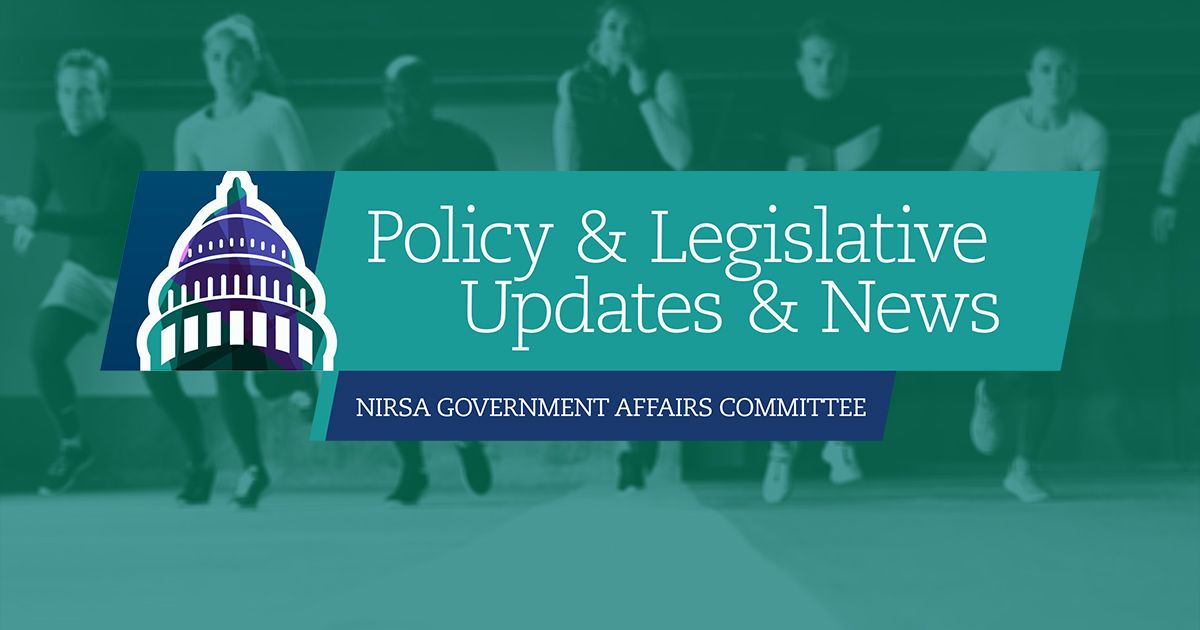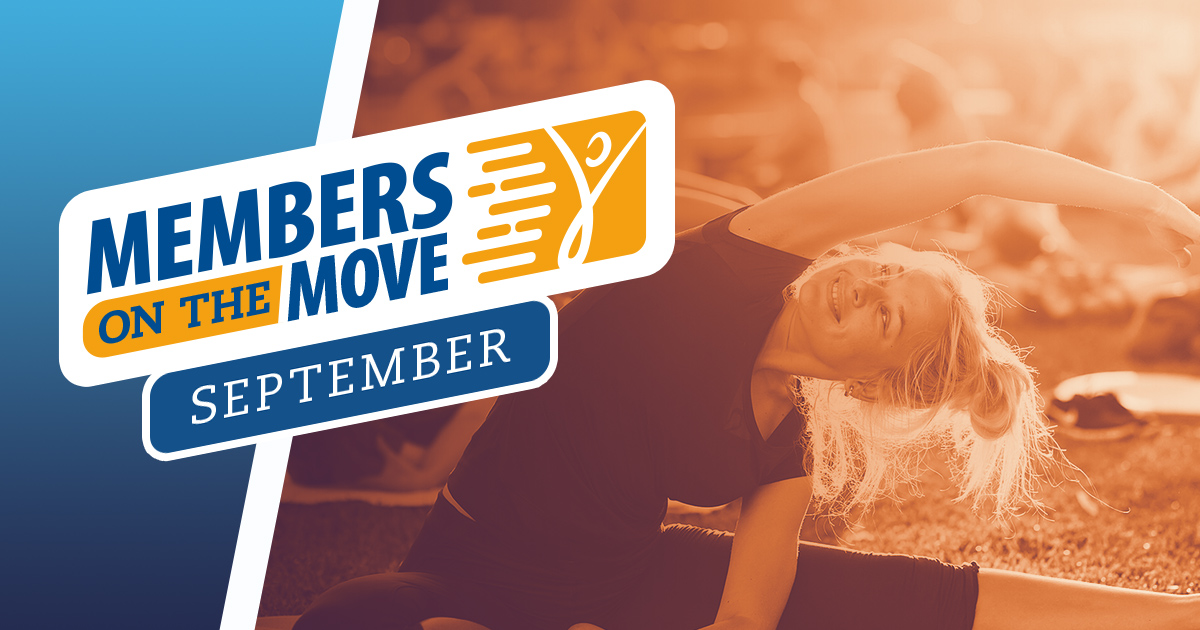One of the four strategic priorities of NIRSA’s 2018-2021 Strategic Plan states that NIRSA will be a driving force in an integrated approach to health and wellbeing.
This is, of course, not new work. Many NIRSA members have been instrumental in helping both push and guide the Association in making wellbeing a priority, growing our collective understanding of wellbeing within campus recreation, bringing examples of notable integrated wellbeing efforts on campus to the forefront, sharing materials, presenting on wellbeing within NIRSA events and at other higher education events, and the list goes on. These efforts have been done both through formal leadership roles in the Association, informally as content-area experts available to be called upon, and quietly behind the scenes. To all those involved in these efforts so far—thank you. We hope your work and involvement in this area continues.
In part because of these efforts, NIRSA member input into the strategic plan process made clear how integral health and wellbeing is to student success and a thriving campus community. Campuses that practice a culture of wellbeing advance not only higher learning but also the core purpose of higher education: to prepare students to lead healthy, flourishing, and productive lives so they in turn contribute to a positive, vibrant, sustainable, civically engaged, and global society.
By 2021 NIRSA aims to act—and empower members to act—as a driving force in health and wellbeing. That means being proactive innovators in this space while acknowledging that no one “owns” wellbeing. Integration will be our priority; we all have a shared responsibility to weave wellbeing into the fabric of all the ways we live, learn, work, and play within our communities.
From ideas to action
Since the spring of 2018, the NIRSA Board and NIRSA HQ staff have been considering what success would look like for this priority and what concrete steps should happen along the way to move the needle towards that goal. These ideas include:
- Disseminate documents, resources, and education to help articulate the ‘why’ behind the importance of this work, campus recreation’s role in it, its alignment with institutional missions, and its impact on student success.
- Determine a baseline of where the membership is at now, so that we can use it to measure progress in three years’ time.
- Develop resources aimed at fostering both top-down and bottom-up support on campus, at building foundational knowledge to enable effective cross-campus collaborations, and at sharing promising practices for implementation and growth.
- Assure the work of health and wellbeing is not siloed; it crosses into and can benefit other priorities and initiatives within the Association.
- Engage others through work with other associations and work with other campus partners.
Taking the next step in moving from ideas to action, the NIRSA Board, at their December 4 meeting, approved the creation of a Health & Wellbeing Task Force to lead this work.
Meet the task force
The NIRSA Health & Wellbeing Task Force members are:
- George Brown, University of Minnesota-Twin Cities (Co-Chair)
- Stacy Connell, Georgia Tech (Co-Chair)
- Darcie Burde, University of Florida
- Cindy Cowden, Binghamton University
- Shannon DuPree, North Carolina State University
- Josh Downing, Butler University
- Andy Hvizd, York University
- Marci Iverson, Viterbo University
- Karina Knutson, University of North Dakota
- Dax Kuykendall, University of Texas at Arlington
- Erinn McMahon, UCLA
- Erin O’Sullivan, NIRSA HQ
- Pam Watts, NIRSA HQ
The Task Force brings together NIRSA members who are already engaged in this work at high levels to contribute their thought-leadership and expertise. Also important in assembling this group was having membership that represented diverse perspectives—from across the NIRSA regions to school size to identity backgrounds. Furthermore, because of the necessity and emphasis on the integrated nature of this work, the task force benefits from being populated with experts already networked in multiple professional associations, networks, and/or wellbeing initiatives.
More ways to get involved
We know there are many other NIRSA members who have expertise, passion, and unique perspectives pertinent to the work of integrated wellbeing. There is also more work to be done in this area than any one group could manage. For these reasons, and inspired by the successful model and structure of the Strategic Planning Task Force and related partner groups, the Health & Wellbeing Task Force will be looking to populate multiple sub-groups over time.
These groups, like the partner groups in strategic planning, will allow for specific content or topic area focus, extra support in bringing initiatives to life, and further pathways for NIRSA member involvement.
Stay tuned in to the NIRSA news and to NIRSA social media to hear more about these opportunities as they become available. You can also reach out to a Task Force member or NIRSA HQ for more information.
- For more information, please contact NIRSA Director of Advocacy & Strategic Partnerships, Erin O’Sullivan.
Erin O'Sullivan is currently the Senior Director of Initiatives and Impact at NIRSA.







